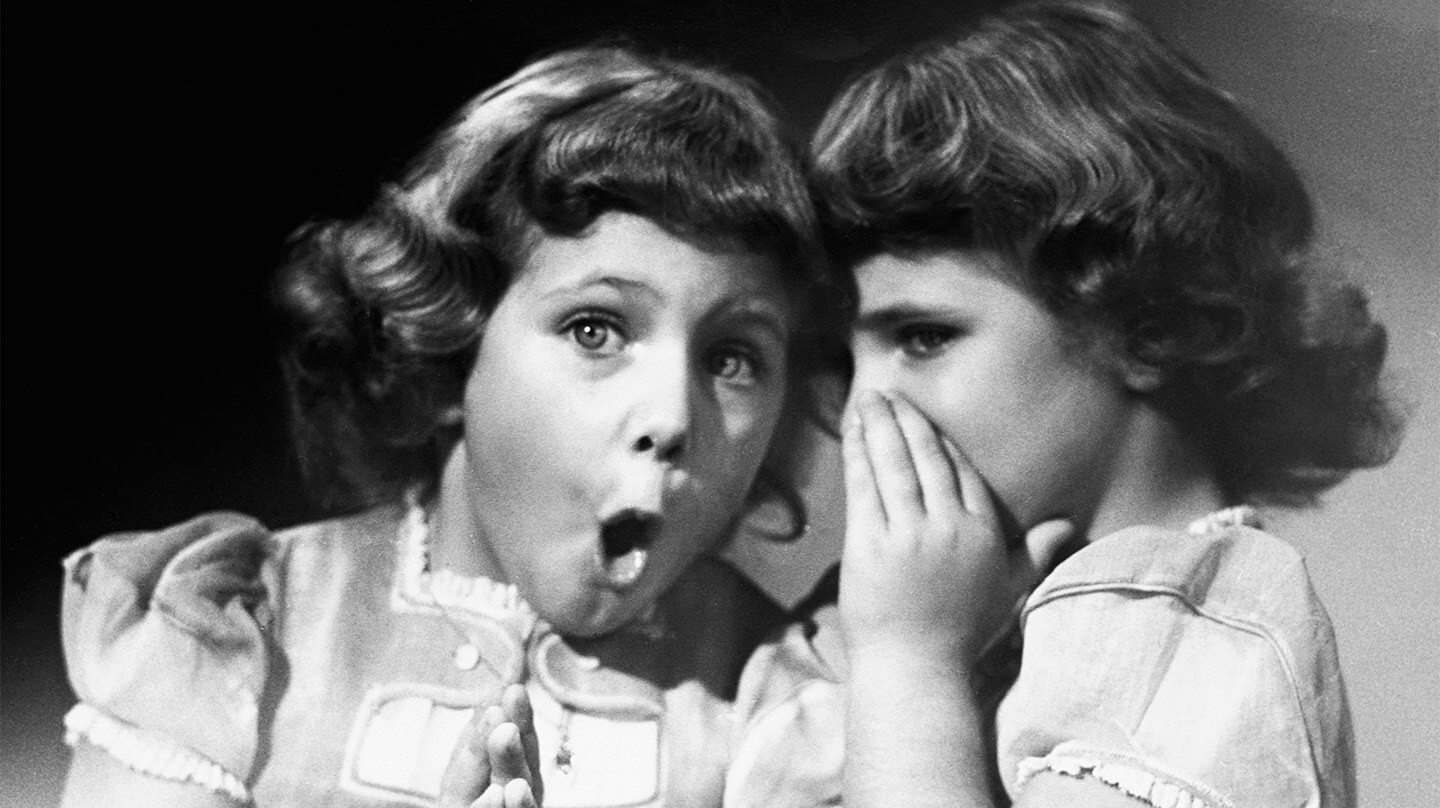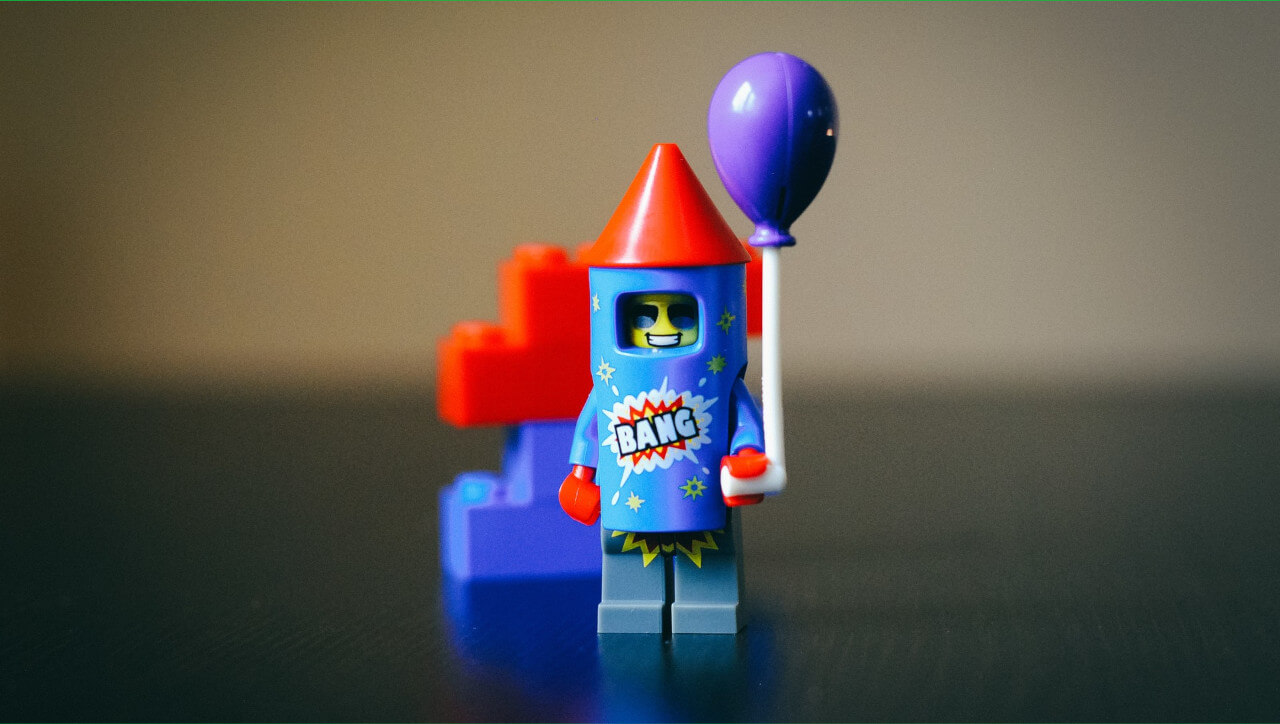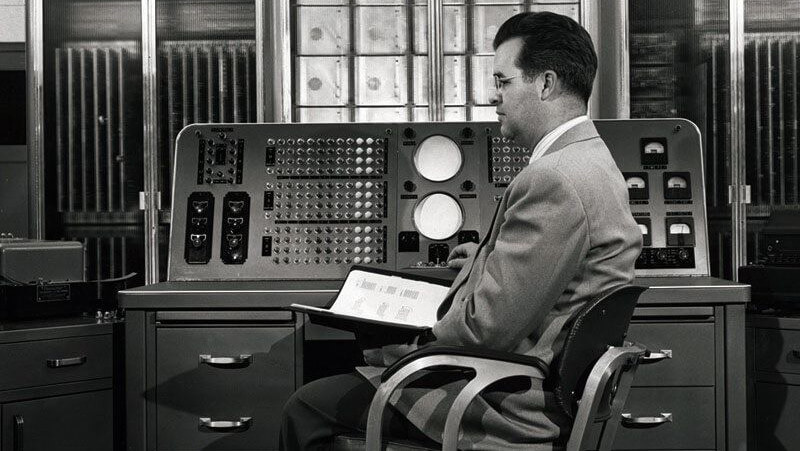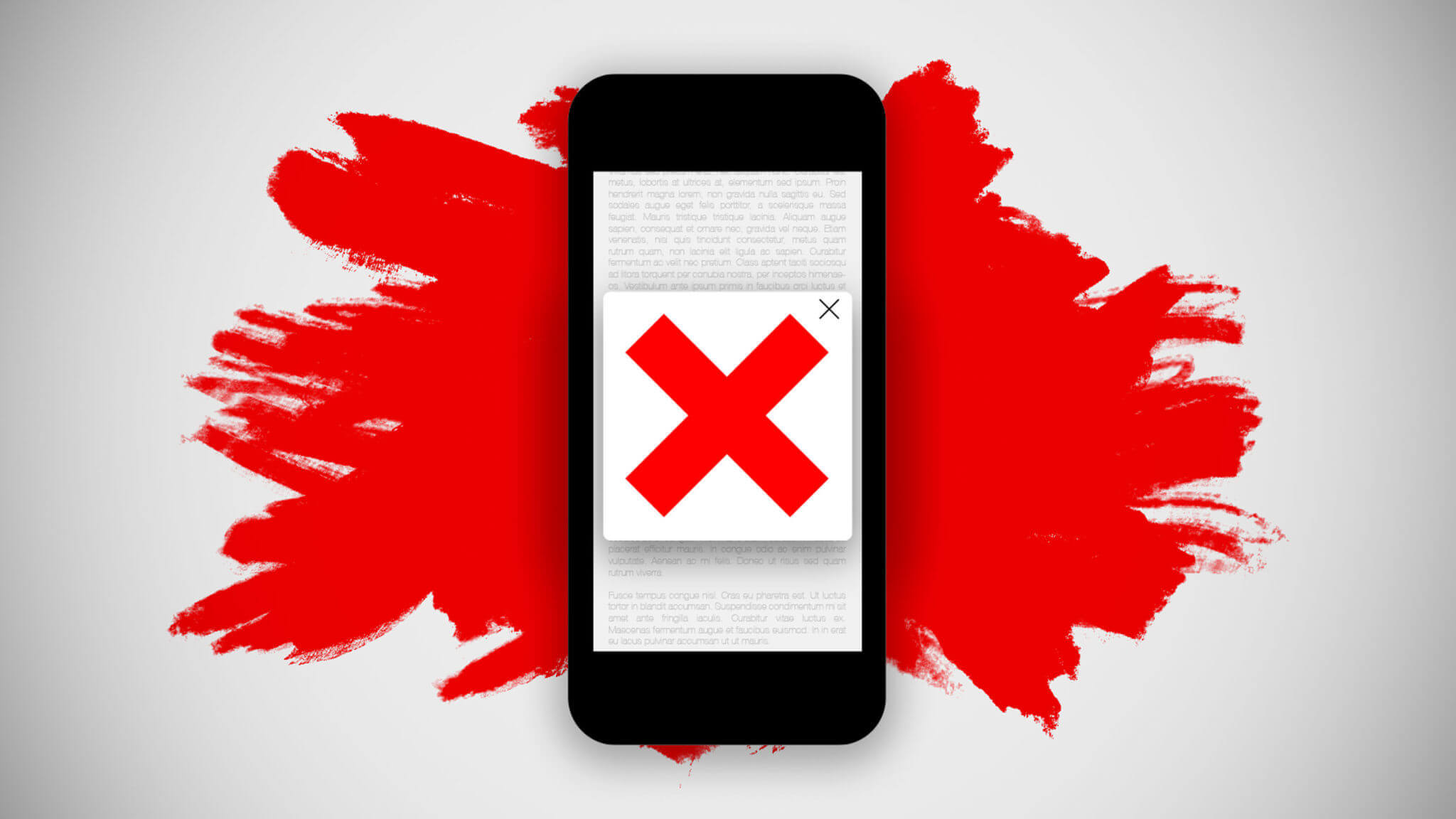
Though the hotel industry as a whole has been aware of it for a while, rate mixing or ‘blending’ continues to be an area in which OTAs outstrip their hotel competition.
NB: This is an article from Triptease
For the uninitiated, rate blending is a technique whereby OTAs can ensure they’re providing the customer with the best rate by mixing different rate plans to meet the search parameters.
Confused? Let’s break it down with an example.
Hotel A is promoting a two-night special whereby guests get a 50% discount when booking a two-night stay on particular dates. This special is also available on Booking.com. Now, imagine a guest searches for Hotel A on Booking.com for the dates June 19-20th. The special rate applies to the night of the 19th, but not to the night of the 20th. Where Hotel A’s website would show the guest two nights at the full rate (because the search dates do not meet the conditions of the offer), Booking.com would take one ordinary rate and one night’s worth of the ‘special’ rate, add them together, and serve the guest a cheaper offer.
Hotel A: 2 x one night rate ($100) = $200
Booking.com: 1 x special rate ($50) + 1 x one night rate ($100) = $150
While some larger chains are getting round this problem by restricting OTAs from blending rates, the majority of small chains and independents continue to be impacted. Rate blending is often the culprit of OTA undercutting, whereby an OTA displays a cheaper rate for a search than the direct website (in violation of rate parity agreements in certain locations).
It’s also worth noting that OTAs will apply the strictest policy involved to the entire booking. If one of the night rates is non-refundable, the entire booking is non-refundable.
The ability to blend rates on their own booking engine is increasingly in demand from hoteliers who want to ensure that they’re reinforcing their best rate guarantee and demonstrating to guests that the best price is available direct. Rate blending both helps to maximize occupancy and improve a hotel’s ecommerce conversion rate; potential guests are 34% more likely to convert when a hotel is in parity with other sites. Several booking engines now offer the ability to blend rates.
Hoteliers can also reduce the problem by always ensuring they have availability loaded at a property rather than rate level, or by ensuring a e.g. three-night minimum rate always has three consecutive nights loaded, for example.




